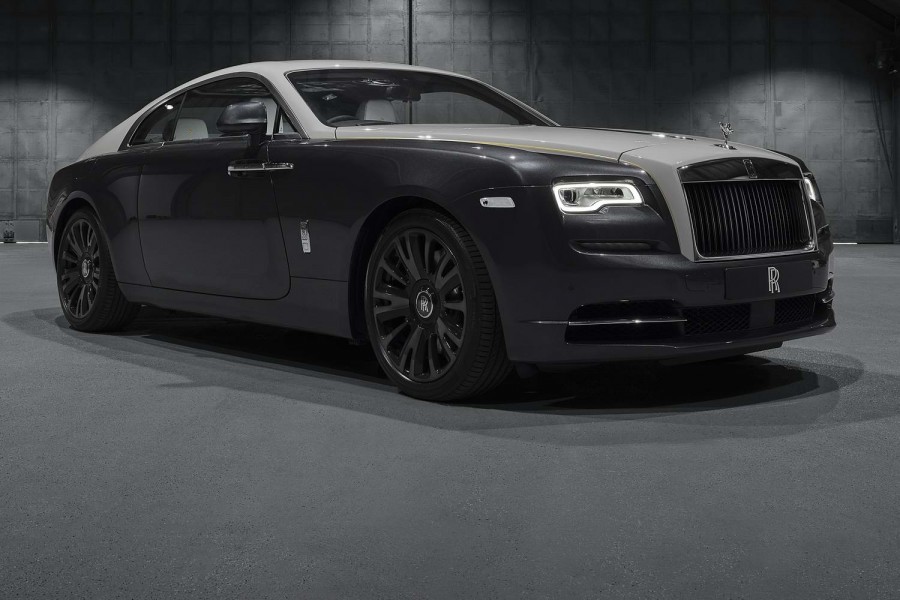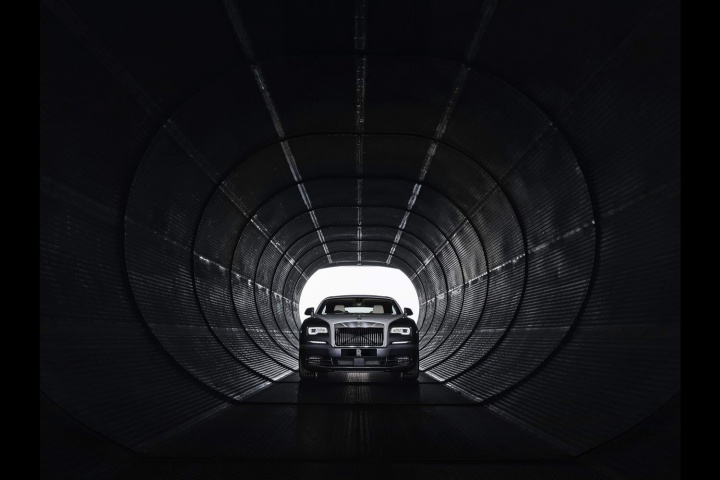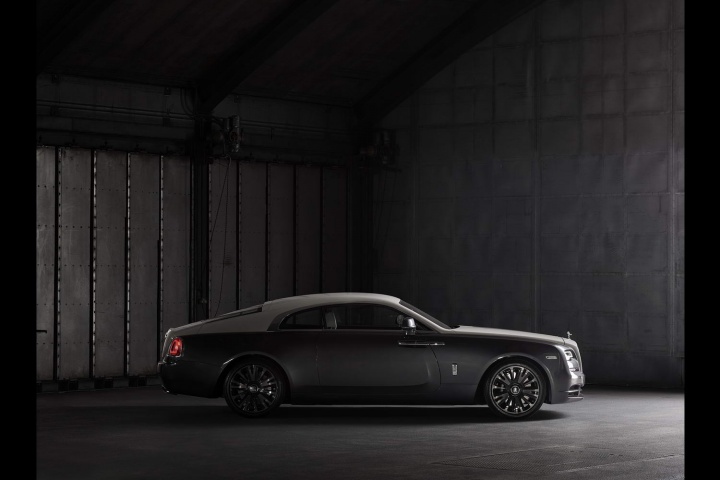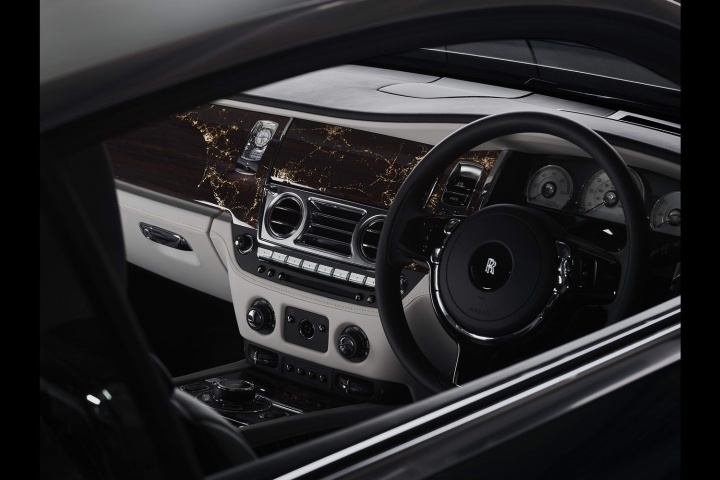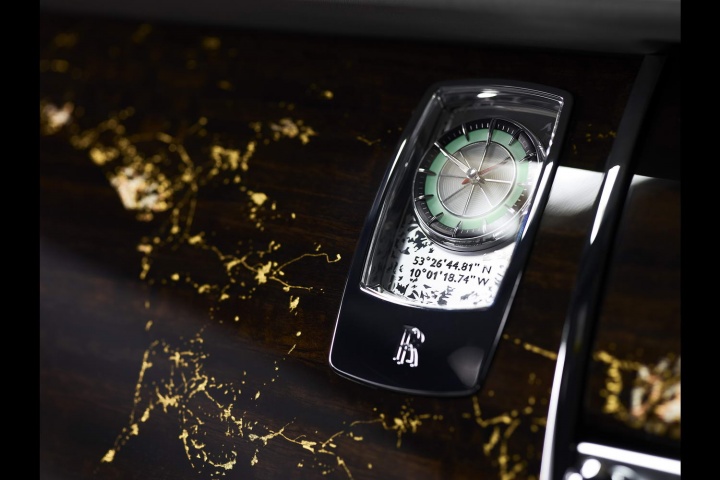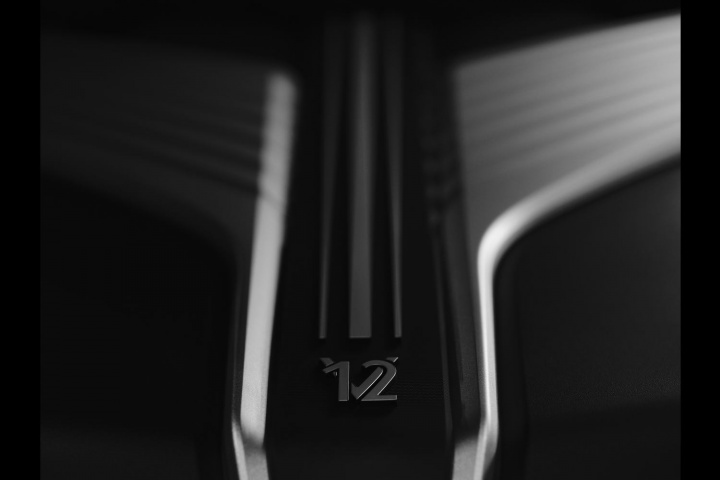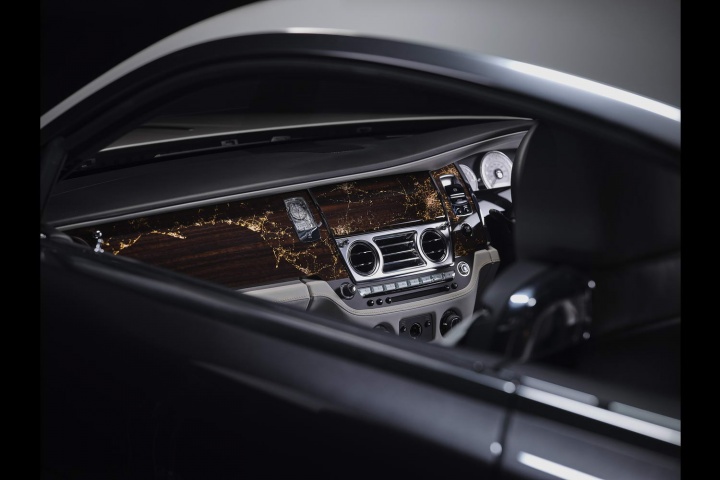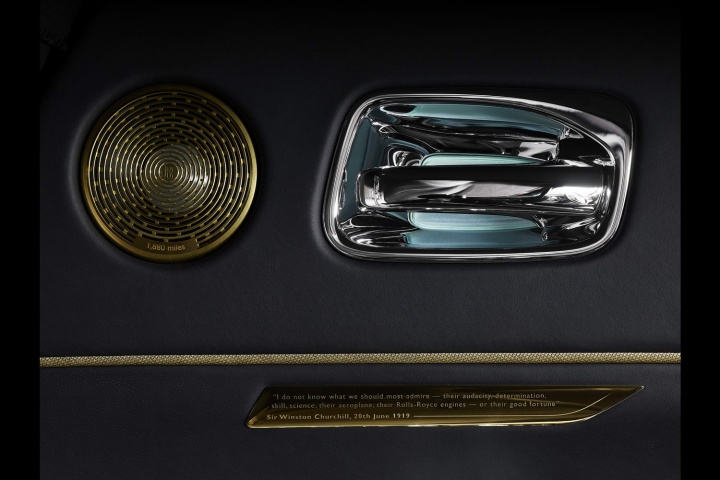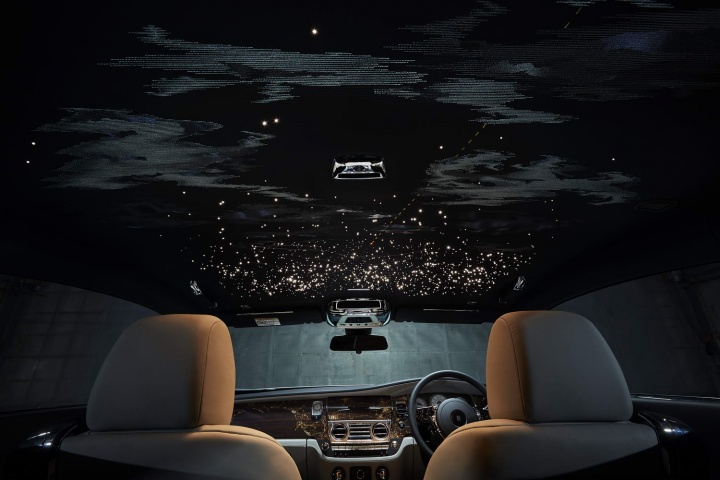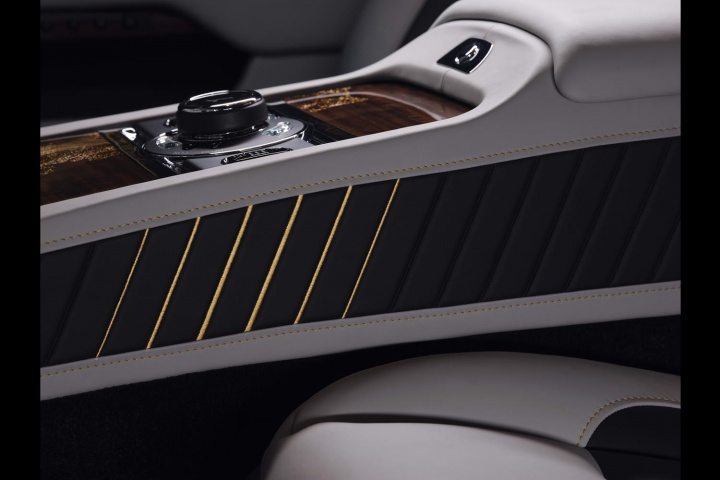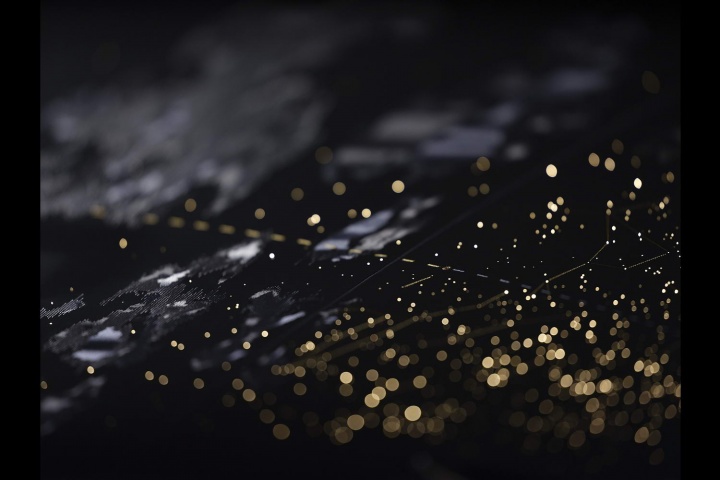What's the news?
Rolls-Royce has just announced a special edition of the Wraith coupe, called the Eagle VIII, of which just 50 will be made. I know, I know - news only of significance to Euromillions winners, right? Well, yes, but this one has a particular Irish connection. Eagle VIII refers to the name of one of Rolls-Royce's aircraft engines, specifically the type that was used by the Vickers Vimy twin-engined bomber of World War One.
In 1919, precisely 100 years ago next month, one such aircraft was used by Captain John Alcock and Lieutenant Arthur Brown in what seemed like a foolhardy attempt to cross the Atlantic, west to east, starting in Newfoundland and not stopping until they made landfall. No-one had ever previously managed such a feat, and with more than 3,000km to cover, at an average speed of just 185km/h, it seemed as if it would be impossible.
Alcock and Brown's flying and navigation skills were remarkable, though, and in spite of heavy cloud, freezing fog, and malfunctioning instruments, they managed to cross the Atlantic, in one go, finally landing (well, it was more of a controlled crash) just outside the town of Clifden, in Connemara, west Galway. Their twin, 20.3-litre, 350hp Rolls-Royce Eagle VIII engines were essentially the only mechanical component that didn't fail nor give them trouble for the whole flight, and even kept going when the pair managed to tip their aircraft upside-down while blinded by heavy cloud at one point. Think about that the next time you're sipping a Coke Zero at 38,000-feet on the way back from Newark...
The feat was enough to move that most quotable of people, Winston Churchill, to say: "I do not know what we should most admire - their audacity, determination, skill, science, their aeroplane, their Rolls-Royce engines - or their good fortune."
To mark the centenary, Rolls-Royce is going to build 50 of these special Eagle VIII Wraiths, and they've been specially fitted out to match the occasion. The exterior gets a combination of Gunmetal and Selby Grey two-tone paint, with a brass feature line. Brass actually features heavily - the Vimy used brass-housed instruments, and the navigational sextant - vital for navigating by the stars at night - was also brass. There's also a black-finished grille, and the wheels are part polished with a translucent shadow finish.
Inside, there's more brass, including stereo speaker grilles embossed with the 1,880-mile distance from Newfoundland to Clifden, and a small brass plaque featuring the Churchill quote. There's even brass-coloured thread for the 'RR" logos stitched into the headrests.
On the dashboard, the huge sweep of wooden trim has been worked into a nighttime scene meant to be an abstract representation of what the two fliers would have seen from the air as they emerged from the cloud (very abstract - we don't think there are that many lights on the west coast of Ireland even now, never mind in 1919). Smoked Eucalyptus wood is vacuum metalised in gold before being inlaid with silver and copper, to depict the rich detail seen in night time images of the Earth from above.
There's something even cooler if you look up. The 'Starlight' headliner, with its hundreds of little fibre optic lights, has been arranged to precisely replicate the locations of the stars in the sky that night in 1919, at the half-way point of the journey. There's another plaque that reads: "The celestial arrangement at the halfway point 00:17am June 15th 1919, 50" 07' Latitude North - 31" Longitude West" and, brilliantly, there are even clouds embroidered onto the headlining, further replicating the view of Alcock and Brown that fateful night.
Finally, there's the clock, which has been given a compass-style face, and a faint green background glow - again in tribute to the instruments of the Vimy - and is also marked with the latitude and longitude of the duo's landing spot in Clifden.
Torsten Müller-Ötvös, Chief Executive, Rolls-Royce Motor Cars, commented: "Wraith Eagle VIII is at once an object of desire; an homage to heroes and a protagonist to today's visionaries. This Rolls-Royce Collection demonstrates the extraordinary skill of our Bespoke Collective at the Home of Rolls-Royce in Goodwood, West Sussex. Bespoke remains the jewel in the crown of the marque, creating luxury items that defy the trend of mass luxury manufacturers using 'tick-box' options to answer customer demand."

